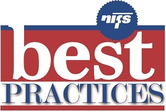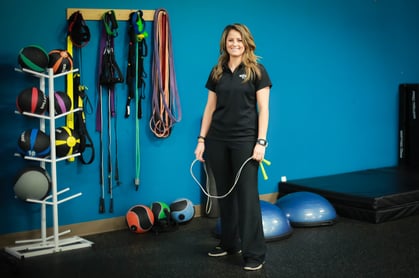 Sometimes employers go all in on their investment in a corporate fitness center. Thousands of square feet are dedicated to treadmill upon treadmill, thoughtful changing facilities, ample group exercise space, creative equipment solutions, and around-the-clock dedicated fitness staff.
Sometimes employers go all in on their investment in a corporate fitness center. Thousands of square feet are dedicated to treadmill upon treadmill, thoughtful changing facilities, ample group exercise space, creative equipment solutions, and around-the-clock dedicated fitness staff.
But that’s not the reality for most employers. It’s important to remember that corporate fitness doesn’t have to be an all-or-nothing proposition. You can provide programs, services, and (probably most importantly) an environment that’s conducive to movement. So if you’re trying to improve the exercise options you provide onsite for your employees, but you’re on a tight budget, consider these ideas.
1. If you have dedicated staff for an exercise program, invite them to be a Jack (or Jill) of all trades.
Most exercise professionals with a college degree have a background in more than just exercise. It’s common for an exercise science curriculum to fold in public health, nutrition basics, stress resilience, and other health-related disciplines. We work with one client who has a small fitness center and no additional budget for fitness programming, and rather than lock our staff down to the four walls of the fitness center, they are out and about providing healthy lectures, offering stretch breaks at key shift-change intervals, and coordinating extra workplace wellness services like onsite chair massage.
2. Consider group fitness classes.
Sure, dancing to music isn’t for everyone, but group fitness has come a long way. You don’t have to be coordinated or be able to keep the beat to enjoy a great class. And if your office includes meeting space with tables and chairs that can be pushed to the walls, you probably have everything you need to run a class. Instructor costs can be paid for by employees, subsidized by the employer, or paid in full by the employer. Check out our quick read: Three Keys to Adding Group Exercise at Work.
3. Think long and hard about your environment.
How are your employees encouraged to work, and how are your leaders and managers incentivized to run their teams? Are employees expected to sit glued to their screens all day to make a quota? Do your managers have substantial pressure to meet the same quota? These kinds of unwritten cultural norms make it almost impossible for an employee to take a 10-minute walking break. Can that mindset be shifted over time? This article suggests that employers have to start taking a look at creative ways to address employee stress.
What about your physical space? Maybe you can’t have a dedicated space for employee exercise, and even group exercise classes in an unused meeting room seems out of bounds. Perhaps simple signage encouraging the use of stairs instead of elevators would be a starting point to encouraging employees to move more.
Think about incentives for exercise differently. Good, old-fashioned behavioral economics around loss aversion could help you build an inexpensive incentive model for encouraging more frequent exercise in a sedentary workforce.
Don’t let a lack of physical space or dedicated staff derail your brainstorming about ways to inject more opportunities for activity at the office. The options are only limited by your creativity (not your budget).

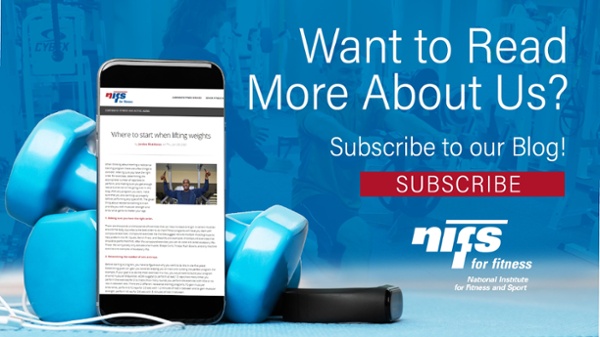
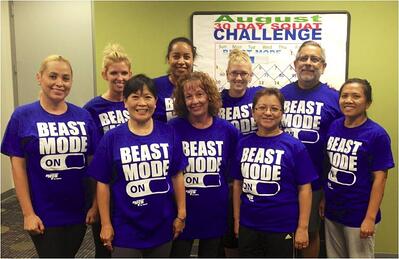 When our members talk, we listen. Sometimes we get good old fashioned direct, face-to-face feedback about what’s working and what isn’t, and sometimes they tell us what’s working by their participation. Such was the case with a recent squat challenge we ran at one of our corporate sites. In fact, the simple challenge was so effective, we’ve proceeded to design more programming around the same concept.
When our members talk, we listen. Sometimes we get good old fashioned direct, face-to-face feedback about what’s working and what isn’t, and sometimes they tell us what’s working by their participation. Such was the case with a recent squat challenge we ran at one of our corporate sites. In fact, the simple challenge was so effective, we’ve proceeded to design more programming around the same concept. 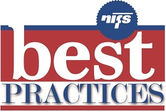
 Many communities have regularly scheduled recreational activities on the monthly calendar such as croquet, bocce ball, or Wii that seem like fairly logical programs to spin into Olympics-themed events in senior living communities. Still, it’s not enough to simply group these regularly occurring events together and call them your Community Olympics. How do you set up the initiative so that it has broad appeal and allows those residents who participate in the events regularly to feel inspired and challenged alongside their novice neighbors? This two-part blog will provide creative tips to kick your Olympics up a notch with your resident favorites as well as provide fresh new ideas for events.
Many communities have regularly scheduled recreational activities on the monthly calendar such as croquet, bocce ball, or Wii that seem like fairly logical programs to spin into Olympics-themed events in senior living communities. Still, it’s not enough to simply group these regularly occurring events together and call them your Community Olympics. How do you set up the initiative so that it has broad appeal and allows those residents who participate in the events regularly to feel inspired and challenged alongside their novice neighbors? This two-part blog will provide creative tips to kick your Olympics up a notch with your resident favorites as well as provide fresh new ideas for events.